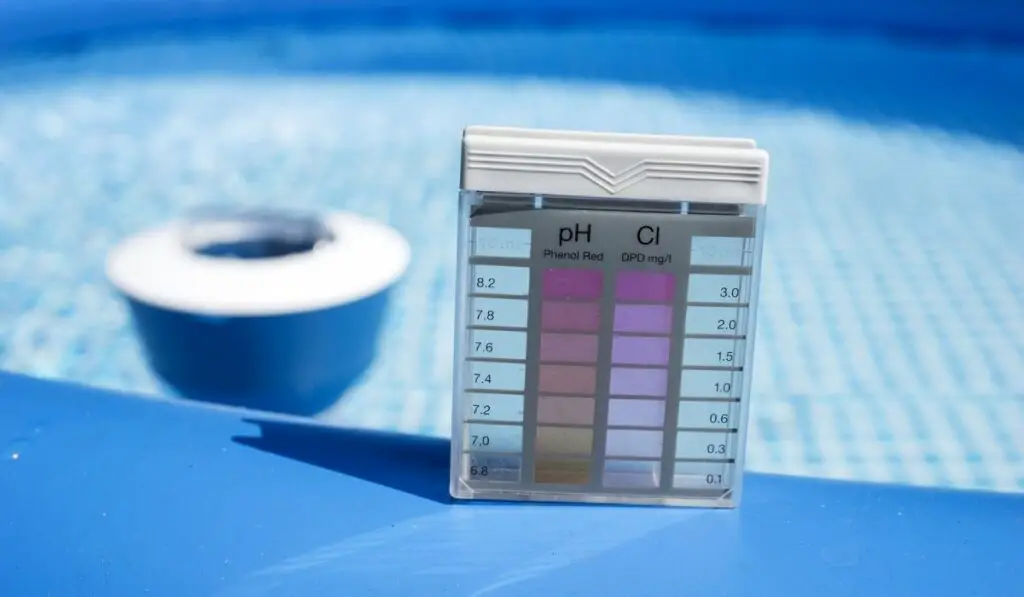Although you should only drain pool water when absolutely necessary — such as for repairs that require a dry pool — it’s essential that you don’t drain it into the street. Not only is this illegal in many states, but your neighbors also may not be prepared for the flood damage that it’s likely to cause. Draining it into your yard is one option, but it’s essential you do so safely.
When draining pool water into your yard, you should do so slowly to prevent flooding, especially if your yard is flat. Before beginning the process, you should balance the pH of the pool and fully dechlorinate the water to protect plants and animals.
Draining pool water can seem like a hassle since there are so many steps you need to take to do it properly, but you’ll regret it later if you try to take a shortcut. Let’s take a closer look at how to properly drain pool water to make sure it doesn’t cause any problems for you or your unsuspecting neighbors.
Will Chlorine Pool Water Damage Your Grass?

Most grass is quite capable of withstanding chlorine. If water has been splashing out of the pool and onto your grass at regular intervals, you might have noticed that there’s been no effect.
However, if you think the answer to, “Can you drain pool water into grass?” is now a solid ‘yes’ for this reason, that’s not quite the case.
Pool water can still damage your grass in high amounts because of the saturation level. It’s not the chlorine itself that’s the problem but the other issues that can come with such a large amount of water entering a yard all at once.
Will Draining Saltwater Pools Kill Your Plants?
If you have a saltwater pool and are worried that draining it might affect your plants, then you’re thinking correctly. Too much salt can indeed kill plants and even wildlife, and the salt content wherever the water is emptied will rise significantly.
It can even kill your grass. While you may not notice an immediate difference after draining the pool all at once, the soil will absorb the salt and no new grass will be able to grow. This can be quite an expensive fix!
The best way to drain a saltwater pool is into the sewer line. Attach one end of a hose to a submersible sump pump (on Amazon) that can be placed into the pool, and the other to a sewer access point near the house and drain it slowly through the sewers. There’s no mess and the environment isn’t in danger.
How to Safely Dispose of Chlorinated Water

The first thing you should do is dechlorinate the water. Simply stop adding the chemical to it for five to ten days and then check the pH and chlorine levels.
If you don’t have the time to wait for five to ten days, you can buy a dechlorinator (on Amazon) and get rid of the chlorine that way.
After that, you can empty the water through the sewer lines using the method mentioned above. You’ll have to periodically check on it to ensure it hasn’t backed up through the lines, and if you have a septic tank, you should never attempt this method as it can damage it badly.
If you do want to empty the water into the yard — and it’s not saltwater — you should still use the hose method but allow it to slowly empty out into the yard through the hose itself. Take breaks to allow the water to soak in and dry up, and move the hose around the yard so it doesn’t keep emptying into the same place.
This will prevent flooding and stop the water from entering the street and neighboring yards.
The key to either method of disposing of chlorinated water is ensuring there’s none of the chemical left before beginning. Some patience is required. Letting the water slowly leave the pool instead of trying to get rid of it all at once will save you a lot of problems down the line.
